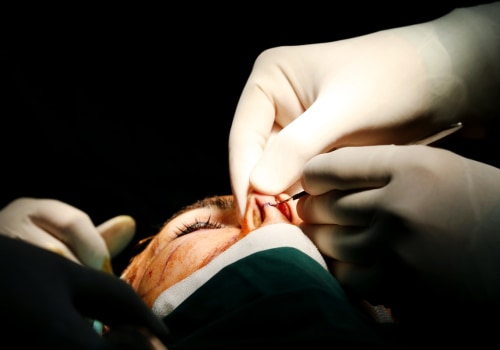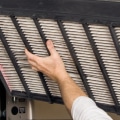Scar revision is plastic surgery performed to improve the condition or appearance of a scar anywhere on the body. It is designed to minimize a scar so that it blends with the tone and texture of the surrounding skin. To achieve the best results, it is important to find a qualified plastic surgeon who is an expert in treating scars. Depending on the type of scar, different techniques may be used.
Skin grafts are sometimes necessary for scar revision surgery. The surgeon will remove the scarred area and replace it with a piece of skin taken from another part of the body. This procedure is often used for burn scars. For keloid or hypertrophic scars, steroid injections may be used to reduce their size.
If further reduction is desired, the surgeon can surgically remove excess tissue and close the incisions with fine dots that leave a less prominent scar. In some cases, plastic surgery can completely remove contracture scars, leaving a smooth, virtually seamless appearance. Alternatively, adjacent healthy skin flaps can be lifted and repositioned to improve both appearance and functionality. For facial scars, the surgeon can remove and reposition the scar so that it breaks or heals along a natural fold of the skin, making it less noticeable.
Hair follicles may also be removed from the back of the scalp and implanted into the scarred area to restore a natural look. Kofi Boahene, a plastic and facial reconstructive surgeon at Johns Hopkins, explains that it is important to know about the types of facial and neck scars that can be treated, as well as the timing of scar removal and special approaches for ethnic skin scar revision. Penn cosmetic surgery warns that healing time may be longer for scars on the leg than for those on the face. Surface treatment methods can also be used to soften the surface of the scar and reduce discoloration by removing the upper layers of skin and allowing new skin to grow over the area.
In some cases, an expander may be used to stretch healthy skin before surgery to remove a scar. The expander is filled with saline water during office visits to expand healthy skin before it is removed and replaced with stretched skin to replace damaged or burned skin. Keloids that far exceed the margins of the original wound require removal in order to reconstruct surrounding skin and tissue and restore as much of the underlying structure as possible. Doctors schedule a follow-up visit six to eight days after surgery to evaluate healing and, if necessary, remove stitches.
With proper care and attention, cosmetic surgery can help reduce or even eliminate scars from any part of your body.







